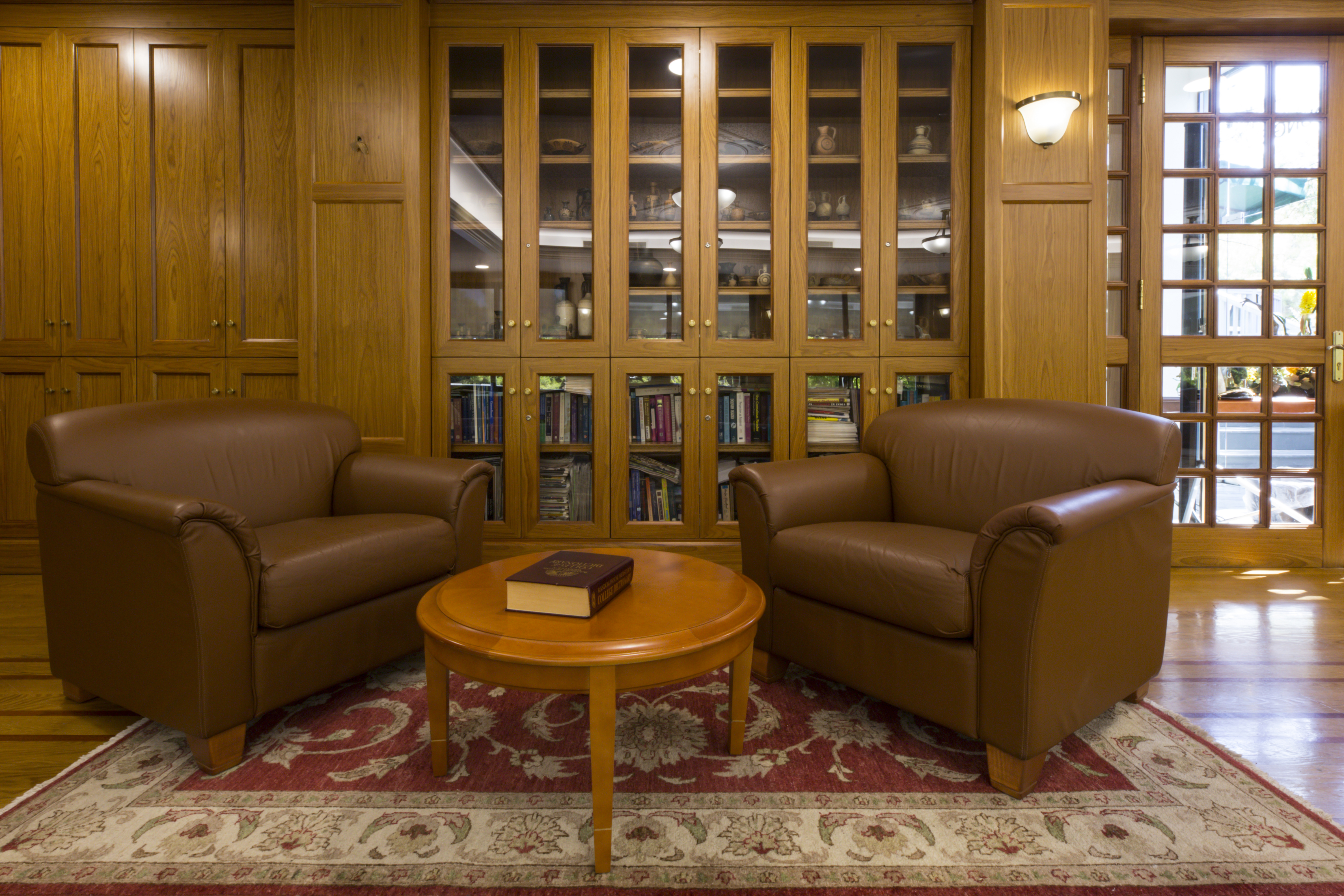Vision & History
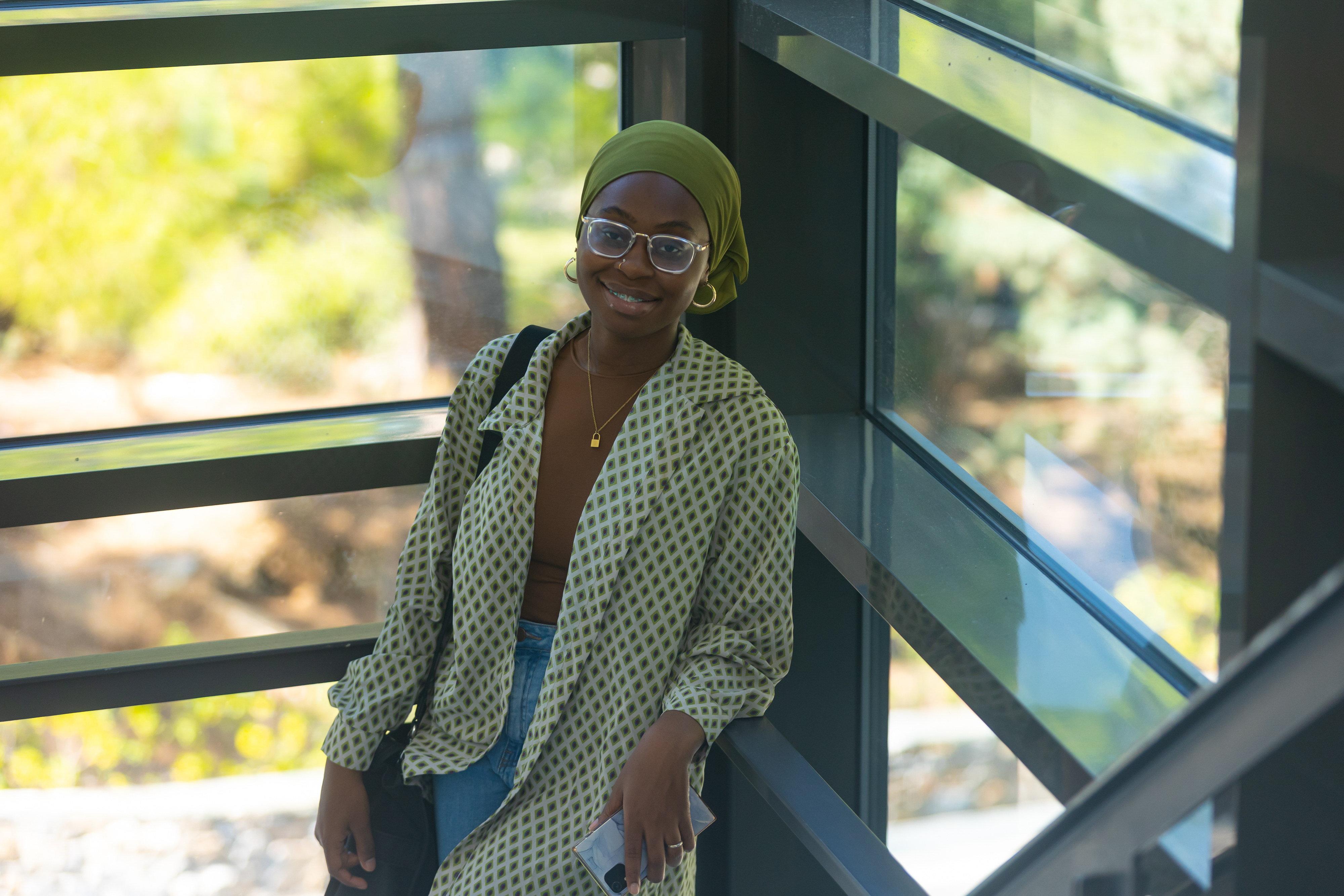
The history of our School begins in 1875 in Smyrna in Asia Minor.
Mary West, commissioned by the American Board of Commissioners, renovated a derelict mansion, wrote on the door “The American School for Girls” and one morning in 1875 she opened the doors and waited anxiously for her first students. The liberation of women from the slavery of illiteracy was the ideal she dreamed of making a reality at the School in Smyrna. The Choir, the Bazaar, the theatrical performances and the celebration of Thanksgiving all started at the School in Smyrna
The character of the College is better expressed in the motto “Non ministrari sed ministrare,” that is, to serve and not to be served, which remains a constant ideal and aim throughout our history.
The Catastrophe of Smyrna
The tragic fate of Hellenism could not leave our School unaffected.
Following the catastrophe of Smyrna, the next place was Palaio Faliro and the start of operations on October 15, 1923. The new name of the School was “Junior College for Girls” and the first students were 89 refugees from Smyrna, Armenian girls, Greek girls and one American girl. In 1927 the pioneering institution, the Student Council, was initiated.
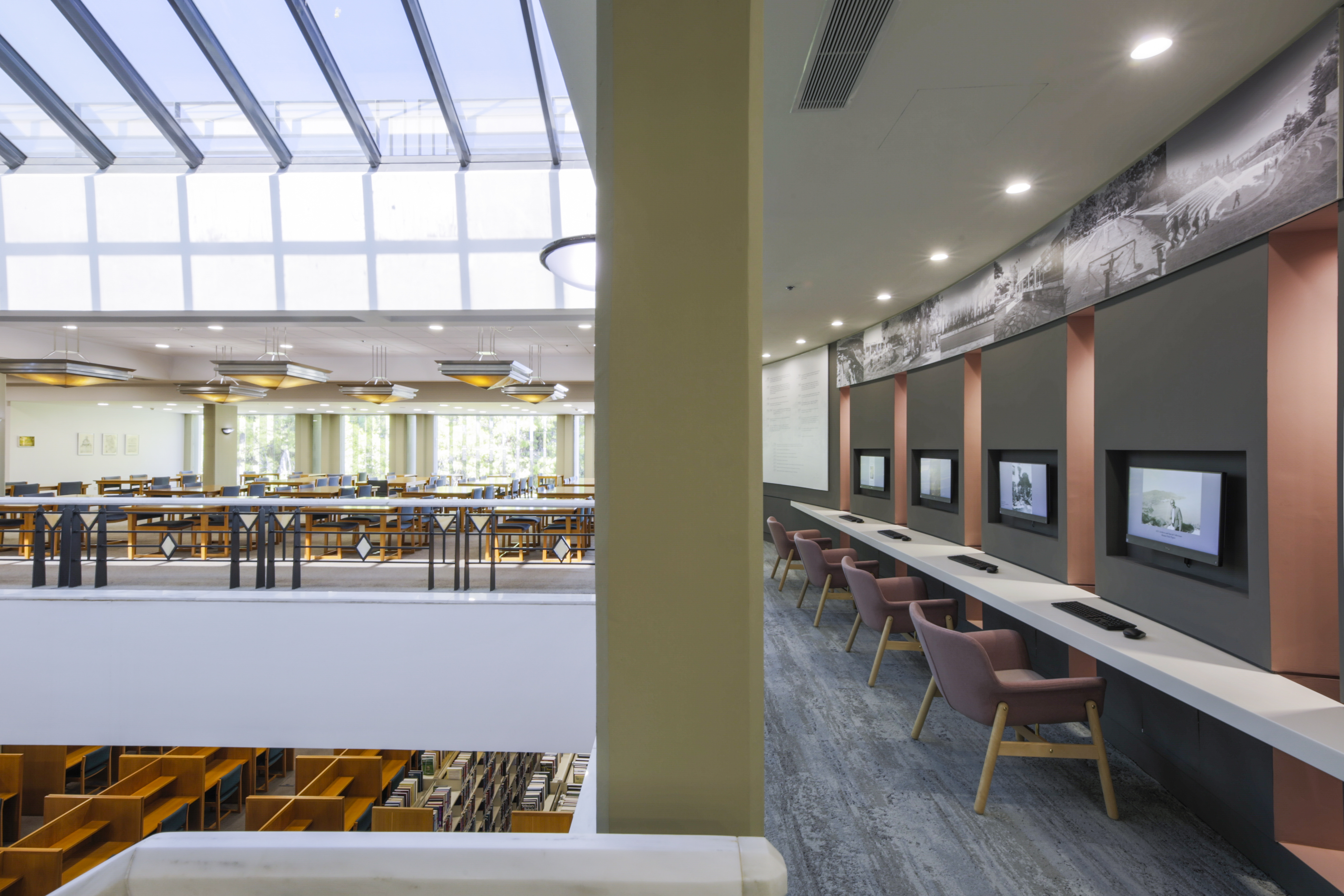
1932
The Relocation to Athens
In 1932 the School’s new buildings was opened in Helleniko, on a property granted by the Greek government in appreciation for the quality of its educational work.
Lorem ipsum pero adic vero esso assiedo pero
The College acquired the name that has remained to this day, Pierce, in honor of the memory of Orlinda Childs Pierce, wife of the great donor to the College, William Pierce.
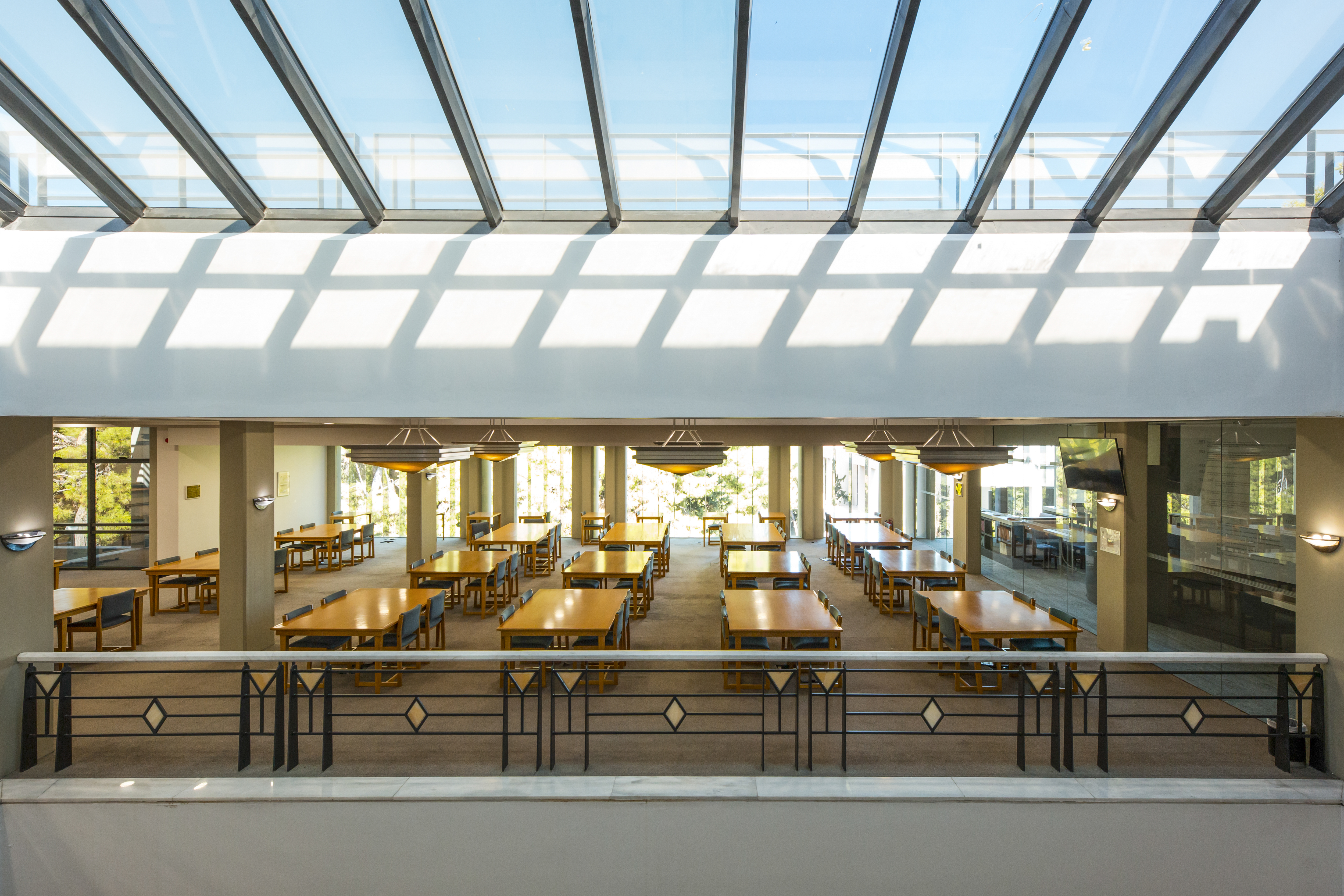
1936
Throughout the Greek-Italian war, the College was used as a military hospital, and during the German occupation, members of the faculty founded the “School for Girls” on Mavromichali Street. Thus, the College continued its work.
.jpg)
1946
Lorem ipsum pero adic
After the liberation in 1946, our School opened its doors again under the name “American College for Girls.” In 1963 the Greek state recognized it as equivalent with the public State schools, in appreciation of the work of the College.
Agia Paraskevi
The College left Helleniko and moved to the slopes of Hymettus in Agia Paraskevi, where an ultramodern complex was built.

1965

1973
Lorem ipsum pero adic vero esso assiedo pero
Lorem Ipsum
Lorem ipsum dolor sit amet, consectetur adipiscing elit.
Over the following years, there were important distinctions from the Academy of Athens, the Estia of Nea Smyrni, the Patriarch of Constantinople, the City of Athens and the Women’s Union of Greece. In addition, on the site of the College there were important works, such as the School Museum, the Olympic-size swimming pool, the Temple of the Three Hierarchs, the Dramatic Arts Theater and the Open Air Theater.
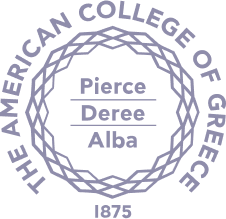
Since Then...
The president of the American College of Greece has been Dr. David G. Horner, who has continued in the efforts to establish the College as the greatest educational Institution in Greece.
From the foothill of Hymettus

Lorem ipsum pero adic vero esso assie
Lorem ipsum dolor sit amet, consectetur adipiscing elit, sed do eiusmod tempor incididunt.
.jpg)
